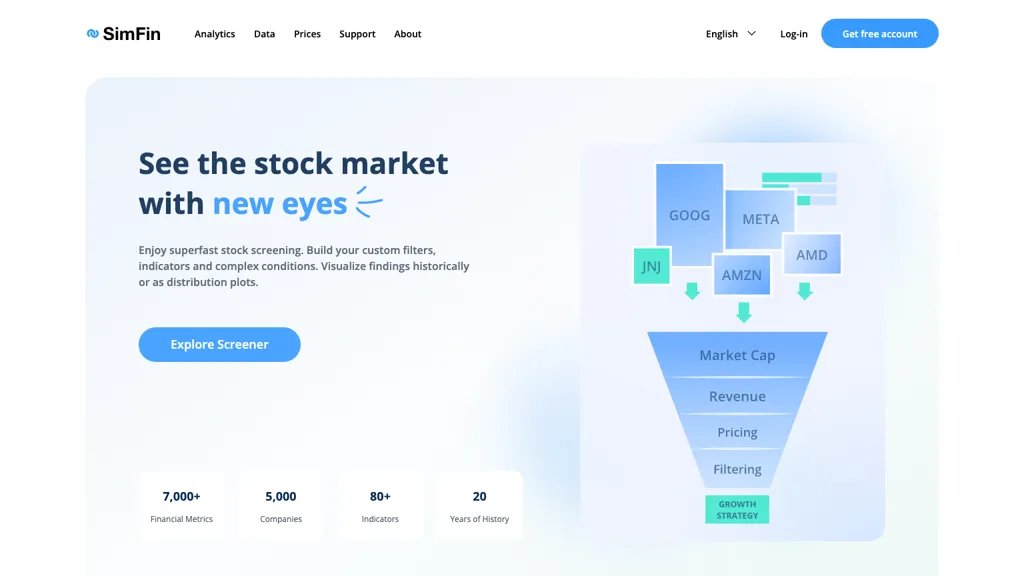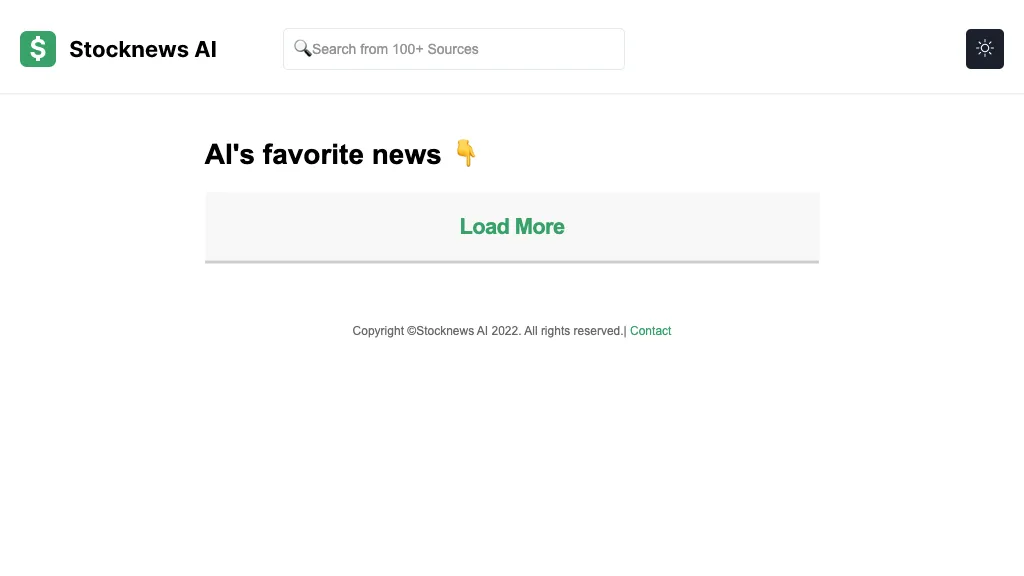20 Free Facts For Deciding On AI Stock Picker Platform Sites
20 Free Facts For Deciding On AI Stock Picker Platform Sites
Blog Article
Top 10 Ways To Evaluate The Security And Privacy Of Ai Trading Platforms
Since they are often handling sensitive financial information, and even personal information, security and confidentiality of data is essential. Data breaches or misuses can lead to financial and reputational damage. Here are 10 suggestions to assess the privacy and security options of these platforms.
1. Consider Data Encryption
Secure transmission of data: Ensure that the application uses secured protocols, like SSL/TLS to secure all data that is sent between the servers of your device and those of theirs.
Verify the encryption at the time of rest. Verify that sensitive data is encrypted on the server platform, using secure encryption standards (e.g. AES-128).
End-to-end encryption: Determine whether the platform provides end-to-end encryption for sensitive communications or data.
2. Test the Authentication Measures
Two-factor authentication (copyright) Check if the platform supports copyright in order to provide an additional layer of security.
Review the biometric authentication options that are available to mobile applications (e.g. facial recognition, fingerprint).
Password policy: Verify if the platform enforces strict policies regarding passwords (e.g. minimum length and requirements for complexity).
3. Examine for compliance with regulations.
Financial Regulations: Make sure that the platform is compliant with relevant financial regulations.
Data protection laws: Verify the compliance of privacy laws (e.g. GDPR, CCPA), if you're doing business with regions that are protected by these laws.
Audit certifications. Verify that the platform you're looking at has passed an independent assessment of security or has been certified.
Review Data Access Controls
Role-based access: Ensure that the platform has the capability of implementing role-based control (RBAC) which restricts data access only to authorized users.
Permission levels: Determine whether you are able to assign granular permissions to different users or team members.
Activity monitoring. Check if your platform is monitoring and tracking the user's activities.
5. Assess Vulnerability Management
Regular updates: Make sure that the platform regularly updates its software to fix vulnerabilities.
Penetration test: Check if your system is tested regularly to detect and fix any security vulnerabilities.
Look for bugs bounty programs. They are created to inspire other security researchers (such such as Google) to disclose security issues.
6. Evaluate Data Privacy Policies
Transparency Review the platform privacy policies to understand how your data are collected, used, or shared.
Data minimization is the method of ensuring that only the data required for functionality are collected by a platform.
Third-party sharing: Check if the platform shares data with third-party providers and, if so, under what terms.
7. Secure API usage is identified
API security: Ensure the platform's API utilizes authenticated methods that are secure (e.g., OAuth, API keys) and also encrypts data exchanges.
Rate limits: Find out whether there are any rate limits in the API to stop the use of force or misuse.
Examine access logs. The platform should log API use and access in order for auditing and monitoring.
8. Review Incident Response, Recovery
Incident response plans: Ensure that the platform you're using has a clearly-defined incident response plans. This plan should cover dealing with data breaches.
Notification policies: Verify if the platform notifies users immediately in the event of a security incident.
Make sure you have backups of data and Disaster recovery plans.
9. Examine the security measures for physical security
Security of the data center: Make sure your platform's servers are housed in secure data centers that have physical security measures (e.g., surveillance, access control).
Redundancy - Verify that your platform is outfitted with redundant systems to guarantee data availability even in the event that hardware fails.
Geographic distribution: Check if data is spread across several geographical locations to ensure greater security.
10. Test privacy controls for users
Data deletion. Be sure to erase all data permanently from the service when you end your use of the service.
Privacy settings - Examine to see if the platform allows you to define privacy settings in order for you to control what data will be shared or visible.
Make sure that you have an anonymization feature. This is crucial for those using the platform for machine-learning or analytics.
Bonus Tips:
Feedback and review of users to evaluate the platform's security and privacy.
Trial period: Use an unpaid trial or demo to test the privacy and security features.
Support for customers: Ensure that the platform provides robust customer service for any security-related concerns or issues.
These guidelines will allow you assess the security and privacy of AI trading platforms that forecast or analyze the prices of stocks. Your data and financial information will be protected. A secure platform not just protects your assets, but also builds trust and confidence in its services. View the top rated what is it worth for ai for trading for site tips including ai stock, ai for trading, trading ai, incite, ai stock, trading ai, ai stock trading, incite, ai for stock trading, incite and more.
Top 10 Tips On Assessing The Regulatory Conformity Of Ai Stock Prediction/Analyzing Trading Platforms
Regulation compliance is a key aspect to consider when evaluating trading platforms that use AI. Compliance ensures that the platform is operating within legal frameworks, protects user data, and adheres to financial regulations, reducing the risk of legal issues or financial sanctions. Here are 10 top ways to evaluate the regulatory compliance of these platforms:
1. Verify License and Registration
Regulators: Make sure the platform's registration and license is with the relevant financial regulators (e.g. SEC or FCA in the USA, ASIC or ASIC in Australia).
Verify broker partnerships. If the platform incorporates brokers, be sure that they are properly licensed and regulated.
Public records: Go to the website of the regulator to see the status of registration as well as the history of violations.
2. Review the privacy of your data Compliance
GDPR: If you operate in or serving users in the EU Make sure that the platform meets the requirements of the General Data Protection Regulation (GDPR).
CCPA -- California Consumer Privacy Act: Verify compliance for California users.
Data handling policies: Check the privacy policies of the platform to find out what it says about the data collection, storage and sharing.
3. Assess Anti-Money-Laundering (AML) Measures
AML policies - Check that the platform's AML policies are effective and efficient to detect, prevent and detect money laundering.
KYC procedures: Verify if the platform follows Know Your Customer (KYC) procedures to verify user identities.
Monitor transactions: Determine whether the platform monitors transactions for suspicious activity and if it reports it to relevant authorities.
4. Check the compliance of your business with Trading Regulations
Market manipulation: Make sure that the platform is equipped to stop market manipulations such as washing trading, spoofing.
Types of orders: Check if the platform complies with regulations regarding order types (e.g. No unlawful stop-loss hunting).
The best execution: Ensure that the platform is using top execution techniques to complete trades at a competitive cost.
5. Cybersecurity compliance assessment
Data encryption: Ensure that the platform is using encryption to safeguard data in transit or while at rest.
Incident response. Verify whether the platform has a plan of action to handle cybersecurity breaches and data breaches.
Certifications: Check if the platform is certified for cybersecurity.
6. Transparency & Disclosure:
Fee disclosure. Be sure that all charges and fees are clearly disclosed, including any hidden charges or fees.
Risk disclosure: See if there is a clear declaration of risk, particularly for leveraged or high-risk trading strategies.
Performance reporting: Ensure that the platform produces transparent and accurate performance data to its AI model.
7. Check for compliance with International Regulations
Cross-border Trading: If you're trading is international You must make sure that the platform you use meets the requirements of each regulatory country.
Tax reporting - Check the platform's tools and reports that will help users to comply with tax regulations.
Sanctions compliance: Make sure the platform adheres to international sanctions and doesn't allow trading with banned entities or countries.
8. Examine Record-Keeping and Audit Trails,
Transaction records: Verify that the platform has precise records for purposes of regulatory and for audit.
Logs of user activity: Check if your platform records all activity by users, including logins, transactions, and the changes to account settings.
Audit readiness: Ensure that the platform can provide all necessary documentation and logs if a regulatory audit occurs.
9. Evaluate Compliance with AI-Specific Regulations
Algorithmic rules of trading: If the platform supports the use of algorithms, it should be in compliance with European regulations, such as MiFID II and U.S. Reg SCI.
Fairness and Bias: Examine to see if there are any biases the platform can control and minimize within its AI model. This will ensure ethical and fair trade.
Explainability: Some regulations require that AI platforms give explanations for AI-driven predictions or choices.
Review the User's Feedback and Regulatory Histories
User reviews: Study reviews from users to assess the platform's reputation for regulatory compliance.
History of regulatory violations - Check to see if the platform has been convicted of any previous penalties or violations of regulations.
Third-party inspections: Check if the platform is subjected periodic third-party inspections conducted by an independent party to ensure the platform's compliance.
Bonus Tips
Legal consultation: Consider consulting a legal expert to review the platform's conformity to relevant rules.
Trial period: Try an unpaid trial or demo to evaluate the platform's conformity features and documentation.
Support for customers: Make sure the platform offers support for compliance-related queries or issues.
These tips will help you assess the compliance of AI trading platforms that forecast or analyze stock prices. In this way you can choose a platform which operates within legal frameworks, and protects you. Compliance not only helps to lower legal risks, but can also increase trust with the platform. View the top rated view website about best ai penny stocks for blog tips including ai software stocks, stock predictor, ai investment tools, ai copyright signals, ai trading tool, ai stock investing, ai trading tool, ai stock investing, best ai stocks to buy now, ai copyright signals and more.